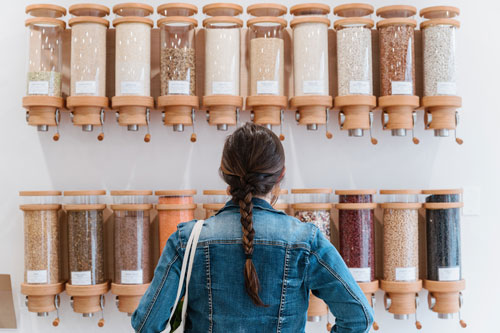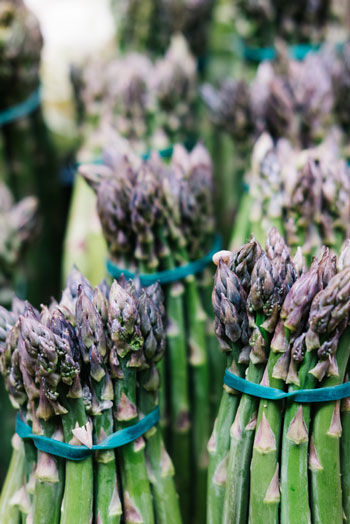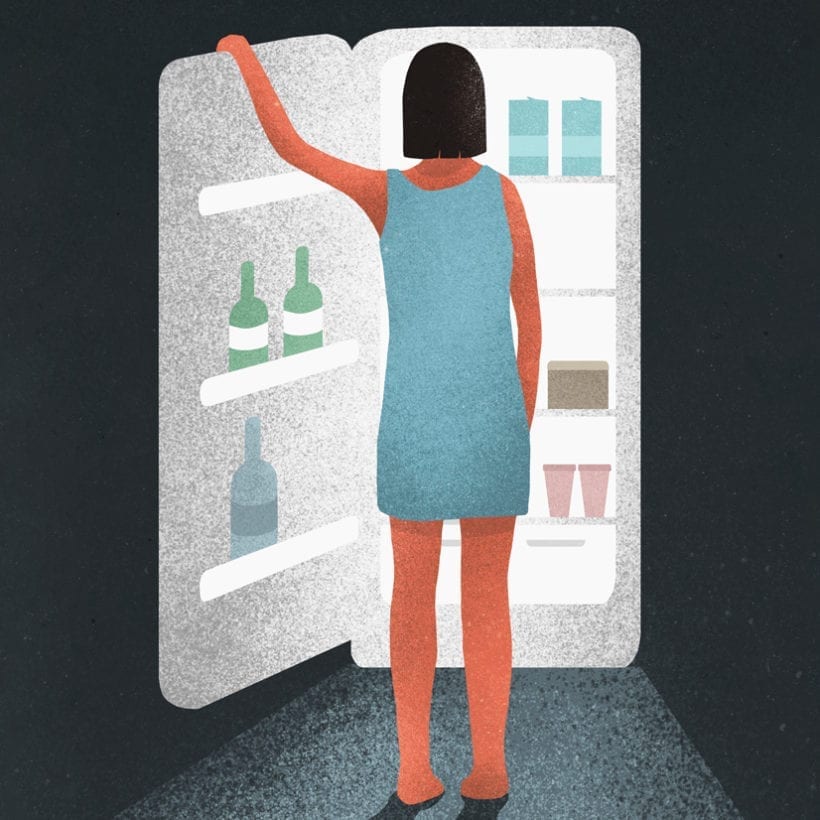Heart disease is the number one killer in the U.S. But it still doesn’t seem to trouble many of us … because it’s an older person’s issue, right? Wrong, says Elizabeth Klodas, M.D., a Minneapolis-based cardiologist: “Heart events — heart attacks, strokes, people needing stents and bypass surgery — do happen in older individuals, but the stage is set early.”
Adds Theresa Gentile, MS, RDN, CDN, a Brooklyn-based spokesperson for the Academy of Nutrition and Dietetics: “According to the Centers for Disease Control, high rates of obesity and high blood pressure are putting young people at risk for heart disease earlier in life. It’s never too early to take action to prevent heart disease.”
So what are the actions we can take? Dr. Klodas points out that the modifiable (meaning you can change them) risk factors for heart disease are smoking, inactivity, high cholesterol, high blood pressure, high blood sugar and diabetes, excess weight, and poor diet. “And the last five are all driven — in whole or part — by food. What we eat has a huge impact on our risk for cardiovascular disease. Eighty percent of this disease is avoidable. And changing what we eat can have an enormous impact on cardiovascular health. So it’s very important.” To put it mildly.
Elizabeth Klodas, M.D.,
is a Minneapolis-based cardiologist and founder of Step One Foods.
Theresa Gentile, MS, RDN, CDN,
is a Brooklyn-based spokesperson for the Academy of Nutrition and Dietetics.
Meet the Experts
Diet & Heart Health
So how does what we eat affect heart health, put in very simple terms? If we eat too much of the wrong things, like saturated fat, a plaque builds up on the artery walls and makes it hard for blood to pump throughout the body, making the heart work extra hard. But if we eat a variety of the right things — whole-grain fiber, omega-3 fatty acids, plant sterols, and antioxidants — plaque doesn’t build up and the heart gets the nutrients it needs to function at its most optimal. (More below on how to get these goodies into your diet.)
What to Eat & What to Avoid
One of the best ways to know what you’re eating is to shop and cook for yourself. So here are our experts’ tips on what a heart-healthy grocery list should and shouldn’t include.
DON’T necessarily shop the periphery of the grocery store.
It used to be a good idea because that’s where the freshest foods were stocked. “But now the periphery is taken up by fast-ish foods and convenient foods and ready-made soups,” says Dr. Klodas. “Instead, stick to single-ingredient items, like oats, carrots, olive oil, as opposed to things that have a multitude of ingredients.”
DO get your omega-3 fatty acids.
Be sure to add salmon, herring, mackerel, trout, and plant products such as flaxseed and chia seeds to your cart, says Gentile. Omega 3s have been shown to reduce bad cholesterol, thin the blood so it flows better and strengthen artery walls.
DO practice moderation.
“Excess of anything, even if something’s good for us, is not a great idea,” says Dr. Klodas. “It’s more about the quality of the fats and quality of the carbs that will dictate what happens to our cholesterol profiles.” Eating a rainbow of plant-based foods ensures your heart will get what it needs to thrive. An easy way to get variety? Pop a bag of mixed frozen veggies into your cart to incorporate into a stir fry, frittata, or curry.
DON’T feel like you have to take things away.
Instead add in. “Instead of worrying about taking stuff out of the diet, because that can get complicated and feel punitive, concentrate instead on adding good things in,” says Dr. Klodas. Sometimes we think of a punnet of fresh berries as too expensive; go ahead, treat yourself!
DO add plant sterols and stanols.
“They occur naturally in nuts, legumes, whole grains, fruits, vegetables, and plant oils,” says Gentile. To put it basically, sterols and stanols will help block cholesterol from absorbing into the body, potentially clogging your arteries and will instead flush it out when you poop.
DON’T put anything with trans-fatty acids on the label.
“Trans-fatty acids are considered the worst kind of fat to consume, as they are associated with an increased risk of coronary heart disease (CHD) mortality and other CHD events,” says Gentile. Look out for them on labels for margarine, vegetable shortening, fried foods, doughnuts, crackers, cookies, pies, pre-mixed pancake mix, and hot chocolate mix.
DO keep your shopping simple.

Gentile’s list of basics includes: Whole-grain oats, beans (specifically navy, pinto and black), lentils, nuts (particularly walnuts, almonds, pistachios, macadamia nuts, pecans and hazelnuts, and oat products. To that she adds “fresh or frozen fruits and vegetables — aim for a rainbow of colors,” plus, low-fat dairy products and whole grains. It can be that straightforward.
DO use plant-based oils.
We’re talking olive, avocado, nut, and seed oils, instead of saturated fats like butter, meat fats, and palm oil. The easy way to tell: Unsaturated fats are liquid at room temperature; saturated are solid.
DON’T fret about cost.
In many ways, eating a plant-based diet can be healthy for your pocketbook. For example, Dr. Klodas recommends a bowl of beans, brown rice, some spices and herbs, and tomatoes for an inexpensive, nutrient-rich meal. Cutting down on meat consumption is good for your health, the planet’s health and your cash flow. A win-win all around.
DO splurge on quality ingredients.
“Make sure your olive oil is high quality so you can see when it was pressed and that it comes from a single source,” says Dr. Klodas.
DO stock up on whole grains.
This includes bulgar, brown rice, millet, buckwheat, quinoa, and spelt; but DON’T rely on a name to tell you if something is actually whole grain. Often whole-grain bread has 30% or less whole grain, the rest being refined white flour.
DO be aware of marketing claims.
It may have a “heart healthy” label splashed across the package, but no one is regulating that claim. Make sure to read the ingredient label yourself and make sure it has as few ingredients as possible. Heart-healthy food doesn’t actually need a marketing label on it.
DO look for low-sodium or no-salt added on labels.
A high-salt diet (mostly from processed and packaged foods, not from adding a few shakes onto your home-cooked food) can contribute to high blood pressure.
DON’T rely on supplements.
“Unless you have a true deficiency, the chance that you will gain a significant benefit from supplementing with vitamins or minerals is low,” says Dr. Klodas, adding that the nutrient is out of context in pill form. There are cofactors and enzymes that come naturally bundled up in healthy foods that you can’t necessarily get from a supplement.
DO start small if this is a new way of eating for you.
“Even one tiny change can make a huge impact over time,” says Dr. Klodas, who suggests swapping out daily sweets or baking, like a cookie, for a piece of fruit, or swap your daily can of soda for water. And remember, if you don’t put it in your shopping cart, you won’t eat it. If you can’t get through the candy aisle without popping a box of Milk Duds in your cart, then maybe online shopping is the best option for you — take that temptation away and fill your cart with things that your heart will appreciate.








